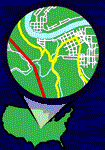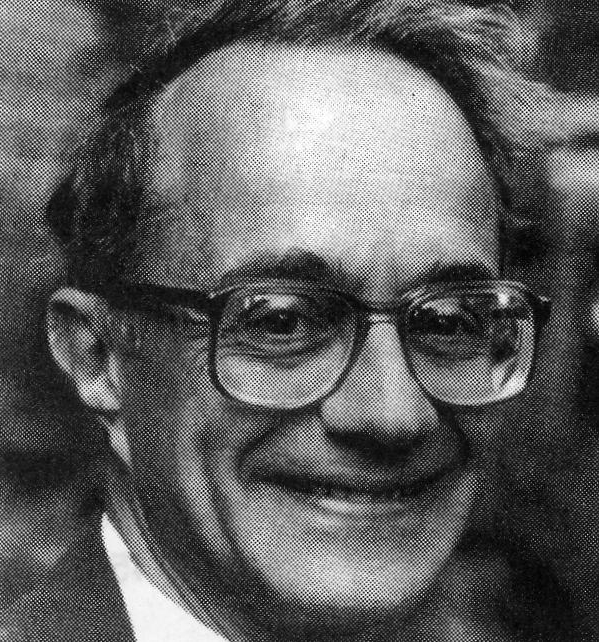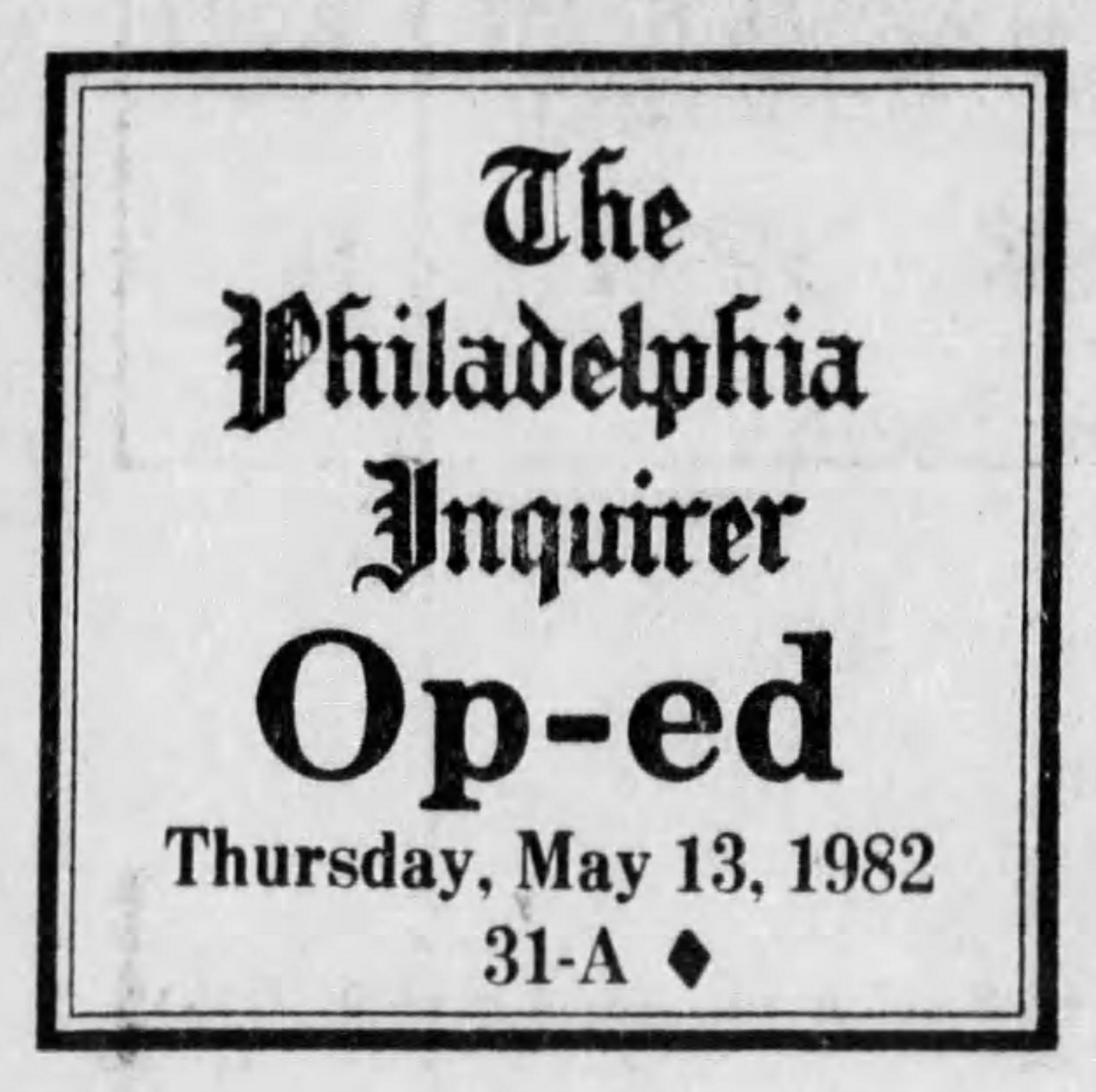 Raise taxes on land
|
Saving Communities
|
||||||
Home |
Site Map |
Index
|
New Pages |
Contacts |
 |
It works elsewhereProperty tax reform: Raise the taxes on landBy Steven B. Cord |

The property tax is the worst tax in the world and the best. The reason for this is that it is actually two taxes in one a tax on buildings and a tax on land value.
Insofar as the property tax falls on buildings, it penalizes new construction and makes the maintenance and operation of old buildings more expensive. As it happens, the building tax is a major disincentive.
Suppose you improve your property by putting in a new roof, porch, or whatever at a cost of $4,000. In Philadelphia, that will boost your property assessment by $2,136, and at the current 6.75 percent tax rate, your improvement will cost you $144 each year. If we estimate the long-term interest rate to be 10 percent, then those yearly property tax payments will cost you the equivalent of $1,440 now, or 36 percent of your original cost! Here is a horrendous sales tax 36 percent which falls only on a basic necessity of life.
But insofar as the property tax falls on land values, it encourages the more efficient use of land, for who would keep land out of use, or in only partial use, if he had to pay a heavier tax on its value? The property tax on land values encourages landowners to develop their sites in accord with market demand (although within zoning limits). No matter how high . the tax on land, it cannot possibly diminish the supply of land, whereas taxes on labor and labor products eventually diminish the supply of those desirable things. A land tax can only boost economic incentive.
All we have to do to minimize [actually, maximize] its benefits is to levy two property tax rates instead of one a lower tax rate on buildings and a higher one on land. Instead of levying a 6.75 percent rate on both land and buildings as the city now does, Philadelphia would get the same tax revenue by taxing buildings at a 6 percent rate and land assessment at a 9.11 percent rate. If the idea works out well, then in ensuing years the rates could be spread apart even further.
A study authorized by the City Council and co-sponsored by the Henry George School shows that if property tax rates of 6 percent and 9.11 percent were levied, homeowners in 59 of the city's 66 wards would pay less in taxes. Most income-yielding properties apartment houses, stores, office buildings would pay more, but as a group only 2 percent more on the average, which is less than the annual inflation rate.
Of course, the main purpose of a two-rate property tax is to encourage economic development in Philadelphia. The available evidence gives good reason to expect that it would do so:
● In Australia's state of Victoria, all 25 of the localities which switched to taxing only land values (they have no other tax) experienced a building boom in the years following the switch. Even more interesting, the construction increases in these localities far exceeded whatever increases there were in surrounding and comparable localities.
● Five cities in Pennsylvania already tax buildings less than land Pittsburgh, Scranton, MeKeesport, Harrisburg and New Castle.
Pittsburgh, for instance, had been taxing buildings less than land since 1914, but in 1979 and again in 1980, it jumped its land tax rate by 2½ times. It currently taxes buildings at 3.2 percent, land assessments at 13.3 percent.
What happened to new construction? Immediately after its first land tax rate increase in 1979, its. new construction jumped 14 percent as compared to the 1977-78 average, and then 312 percent and 590 percent in the two ensuing years. The nationwide figures for new office buildings increased 37 percent, 41 percent and 84 percent for the comparable years. It is possible that other factors were responsible for Pittsburgh's recent renaissance although it is difficult to pinpoint anything in particular.
● After Scranton nearly doubled its land tax rate in 1980, a significant increase in construction ensued.
Harrisburg has had a construction increase since the first of its many tax increases in 1974, but the influence of state construction projects could have been the main cause. New Castle adopted a two-rate property tax in January 1982.
● McKeesport in 1980 dropped its building tax rate to 2 percent and raised its land tax rate to 9 percent. A building boom followed despite a hair-curling depression in construction. Even more interesting, construction in the neighboring and comparable communities of Duquesne and Clairton declined.
No wonder a research report of the prestigious Urban Land
Institute concluded that the land value tax is a golden key to urban
renewal to the automatic regeneration of the city, and not at public
expense.
Consider, too, that when the government provides roads, schools, hospitals and other services, land values increase. Society at large provides jobs and shopping nearby. What would be the value of the site you live or work on if these amenities were not available? Shouldn't the government tax what it creates land values before it taxes what individuals create by their own efforts, such as their wages, buildings, and retail sales?
Isn't it time for Philadelphia to join the growing list of cities which tax buildings less than land? If because of general inflation, the City Council will have to raise more revenue for 1982-83, shouldn't it be urged to raise the additional revenue by an increase in the land tax rate only?
Philadelphia is facing widespread unemployment. This year may be the time to give added incentive to local private enterprise to build and expand, and provide new jobs. To do this, a two-rate tax would cost the city government not a single penny.
(Steven B. Cord is a
professor of history and social science at Indiana University of
Pennsylvania.)
Comments:
Saving Communities
420 29th Street
McKeesport, PA 15132
United States
412.OUR.LAND
412.687.5263